Voron vs. Prusa 3D Printers: An In-Depth Comparison for Makers and Innovators
When it comes to the vibrant, ever-evolving world of 3D printing, we're truly spoiled for choice. Each year, new models and brands enter the market, offering exciting new features and capabilities. One company that's made a significant mark is Prusa Research, founded by Josef Prusa, which has become the gold standard for quality and reliability. But today, we're not here to wax lyrical about Prusa; we're here to explore an emerging challenger: the Voron Design 3D printers.
The Rise of Voron – A New Entrant Shaking Things Up
The Voron community has designed a 3D printer that's turning heads. It embodies the DIY spirit and delivers top-notch print quality that often rivals, and even surpasses, commercial offerings. If you've heard about Voron but are unsure about it, I invite you to dive in with me as we explore this exciting printer.
Voron, created by Maks Zolin, is an open-source, high-performance, DIY 3D printer project that empowers its users with the freedom to customize and adapt their printers as needed. The entire design is open-source, and detailed instructions for building are shared freely by the Voron team on their website (Voron Design).
At first glance, you might think that this DIY aspect could be intimidating, especially for beginners. However, Voron's active community provides incredible support, answering questions, sharing experiences, and continually improving the design and functionality of the printer. The process of building a Voron printer offers a hands-on learning experience that few other printers can match.
Voron Models vs. Prusa Models
| Model | Build Volume (mm) |
|---|---|
| Voron V0.2 | 120 x 120 x 120 |
| Trident (Previously Voron V1.8) | 250 x 250 x 250, 300 x 300 x 300, 350 x 350 x 350 |
| Voron V2.4 | 250 x 250 x 250, 300 x 300 x 300, 350 x 350 x 350 |
| Voron Switchwire | 250 x 210 x 250 |
| Model | Build Volume (mm) |
|---|---|
| Prusa Mini | 180 x 180 x 180 |
| Prusa i3 MK4 | 250 x 210 x 210 |
| Prusa SL1 | 120 x 68 x 150 (Resin printer) |
How Voron Outperforms
Voron's print quality is exemplary. The CoreXY motion systems it incorporates provide high-speed, accurate prints. Linear rails on all moving parts ensure smooth, precise movement, which translates into excellent print quality. Voron's enclosed chamber is another significant advantage, ensuring uniform heating and reducing warping. This feature is a game-changer, particularly when printing with temperature-sensitive materials like ABS or Nylon.
By contrast, Prusa's printers, while respected for their print quality and reliability, often lack some of the advanced features that Voron offers. Prusa printers generally have an open design, limiting their effectiveness with high-temperature materials.
Furthermore, Voron's use of Klipper firmware provides a significant speed boost compared to most Prusa models. If you're interested in time-sensitive projects or rapid prototyping, this factor alone might be a convincing argument in favor of Voron.
The Best of Both Worlds: PrusaSlicer and Voron
PrusaSlicer is a powerful tool that has gained popularity due to its user-friendly interface and versatile settings. However, did you know that you can use this fantastic software with a Voron printer? Yes, it's entirely possible and straightforward!
The combination of PrusaSlicer's robust features and Voron's high-quality printing capability is a match made in heaven. You can use PrusaSlicer to prepare your 3D models with precision and then bring them to life with your Voron printer. This combination allows you to leverage the best aspects of both the Prusa and Voron ecosystems.
Wrapping It Up: Voron vs. Prusa– A Matter of Personal Preference
Deciding between Voron and Prusa will ultimately boil down to what you want from your 3D printer. Prusa certainly provides a more straightforward, ready-to-go option, with strong customer service and an established reputation.
However, Voron’s draw lies in its high level of customization, superior print quality, faster print speeds, and the ability to handle a broader range of materials. For those who don’t mind getting their hands dirty and enjoy the prospect of building their own printer, Voron provides a satisfying and highly educational DIY experience. This hands-on aspect gives you intimate knowledge about your printer’s functionality, which is invaluable when it comes to troubleshooting and maintenance.
In the end, it’s about choosing the printer that caters to your unique needs and preferences. If you value convenience and reliability, Prusa might be the way to go. But if you crave a deep understanding of your machine, coupled with superior print quality and the freedom to adapt and modify, Voron could well be your perfect match.
Regardless of the choice you make, it's heartening to see that the world of 3D printing is thriving with so many excellent options. Both Prusa and Voron have significantly contributed to the community and continue to innovate, offering unique solutions for makers and innovators worldwide. Happy printing!
For more information, explore the official websites of Prusa Research and Voron Design, and immerse yourself in the vibrant, supportive communities on their respective forums and Reddit pages: r/prusa3d and r/voroncorexy.
Key Comparison Between Voron and Prusa
| Feature | Voron | Prusa |
|---|---|---|
| Open Source | Yes | Yes |
| DIY | Yes | Partially (Kit option available) |
| Enclosed Design | Yes | No |
| High-temperature material handling | Yes | Limited |
| Printing Speed | High (with Klipper firmware) | Moderate |
-
 2
2

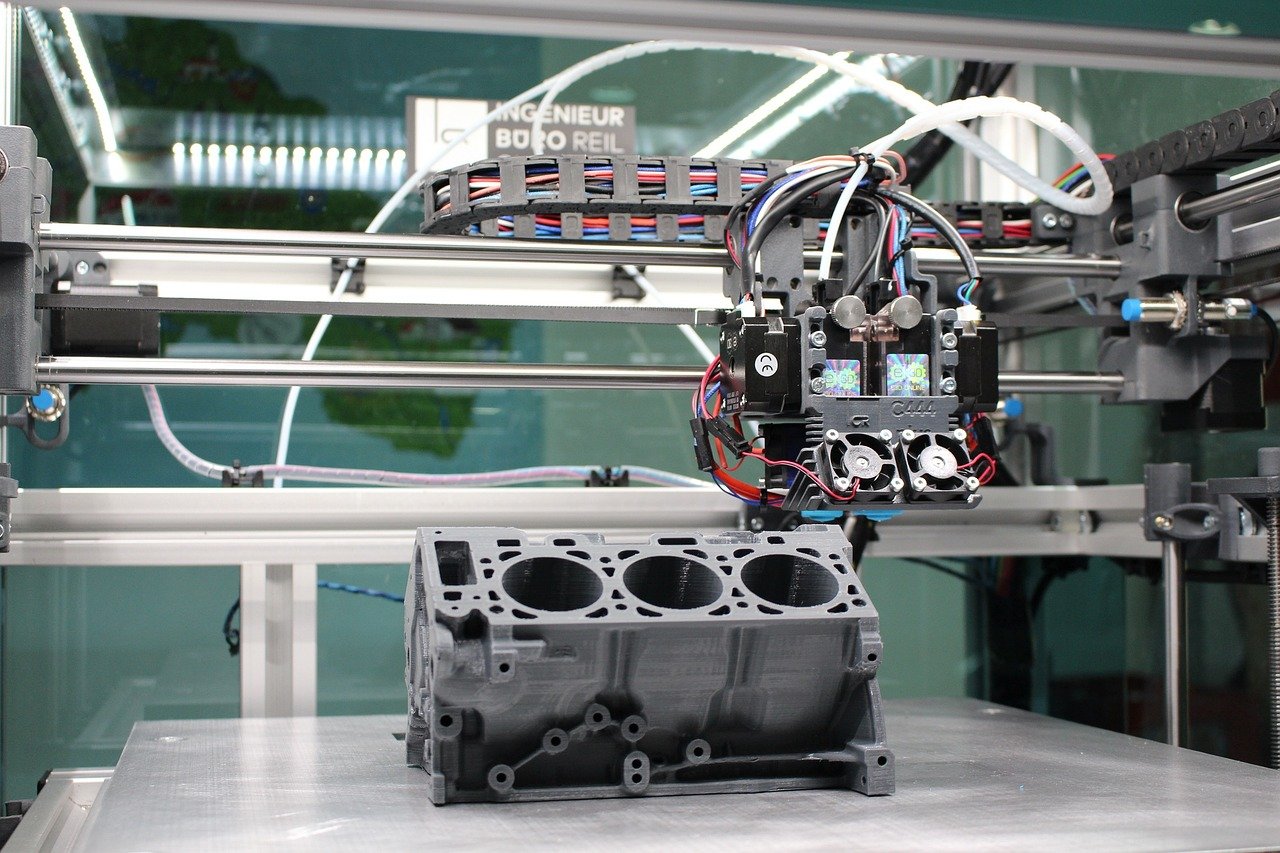
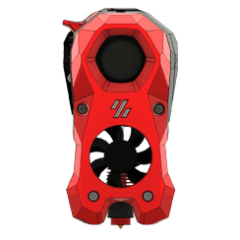
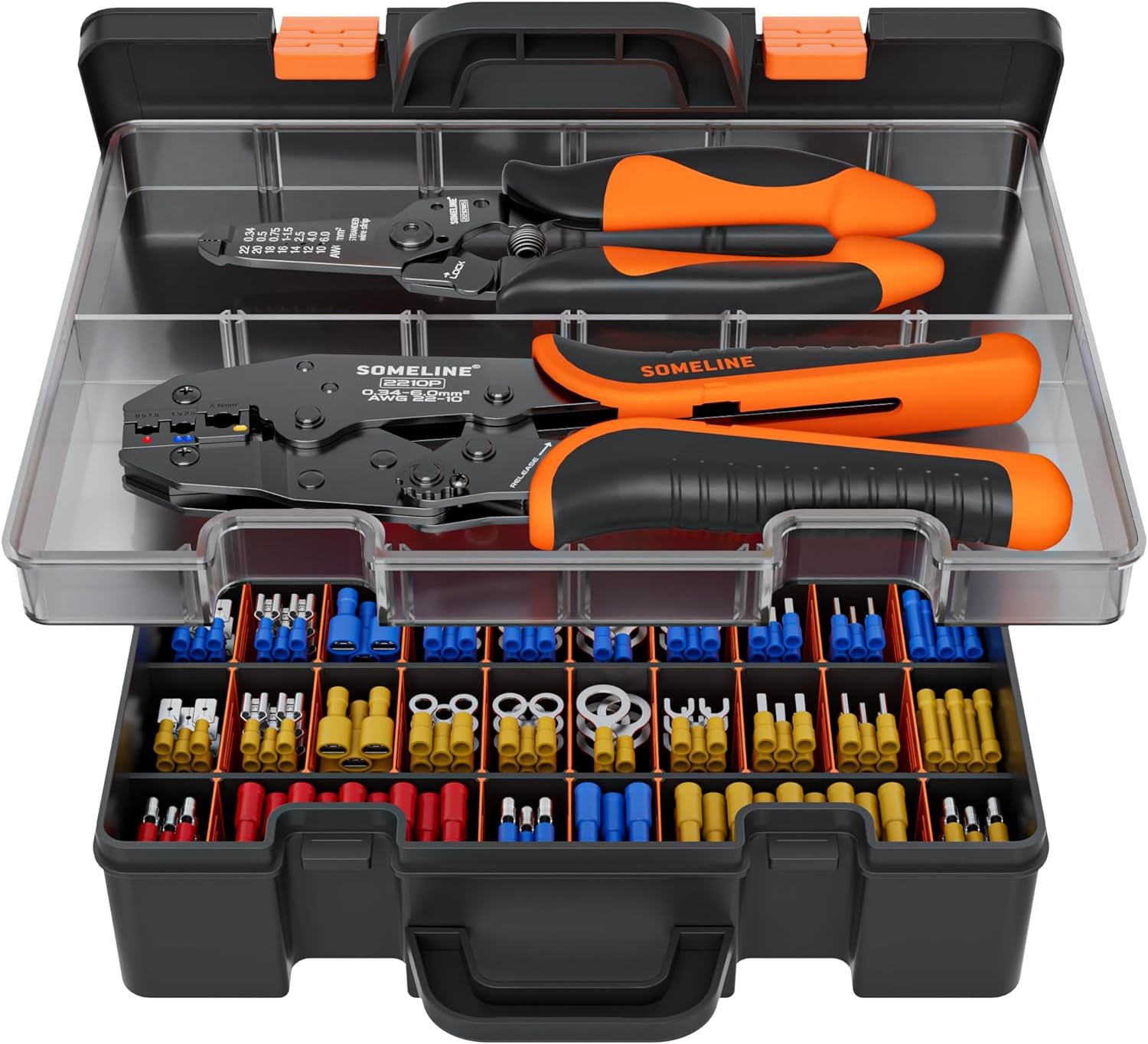
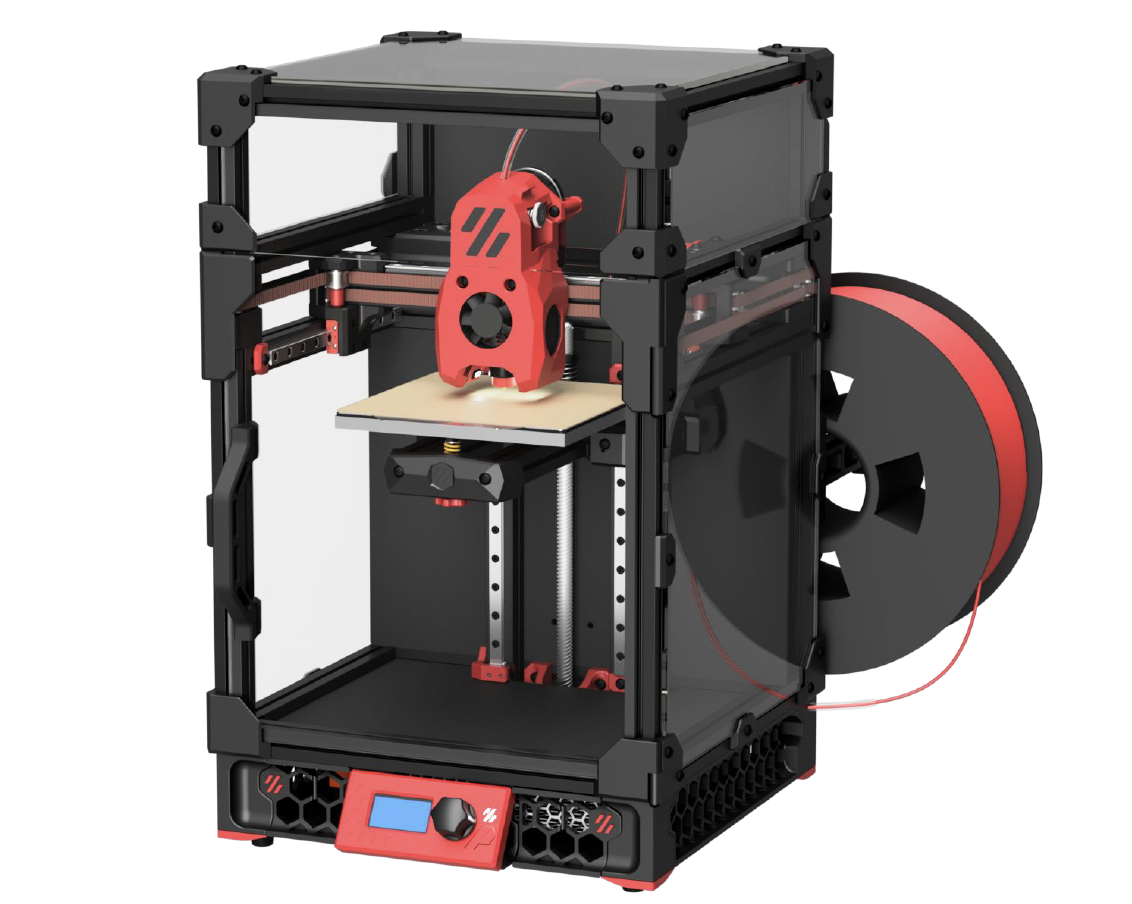


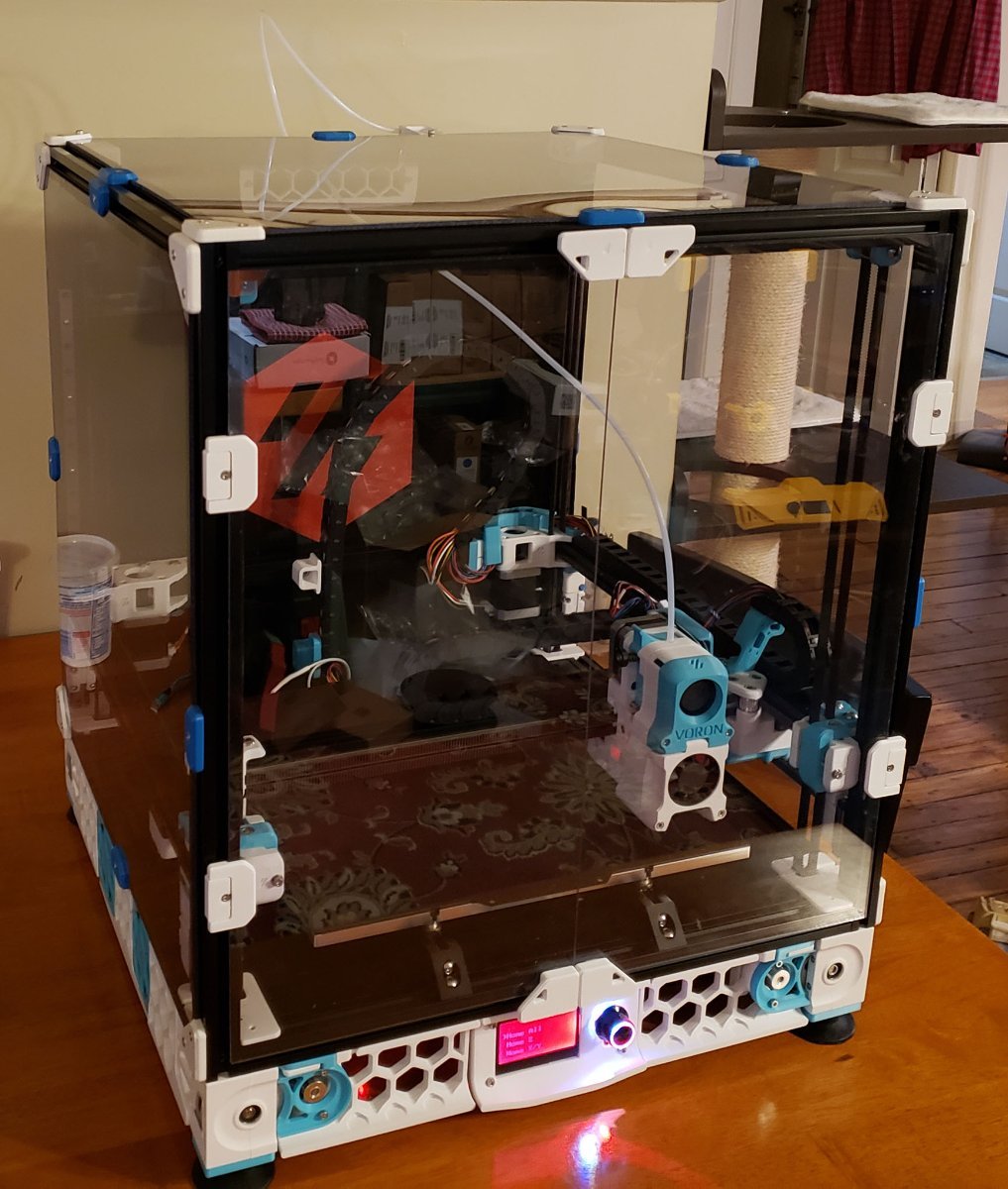




3 Comments
Recommended Comments